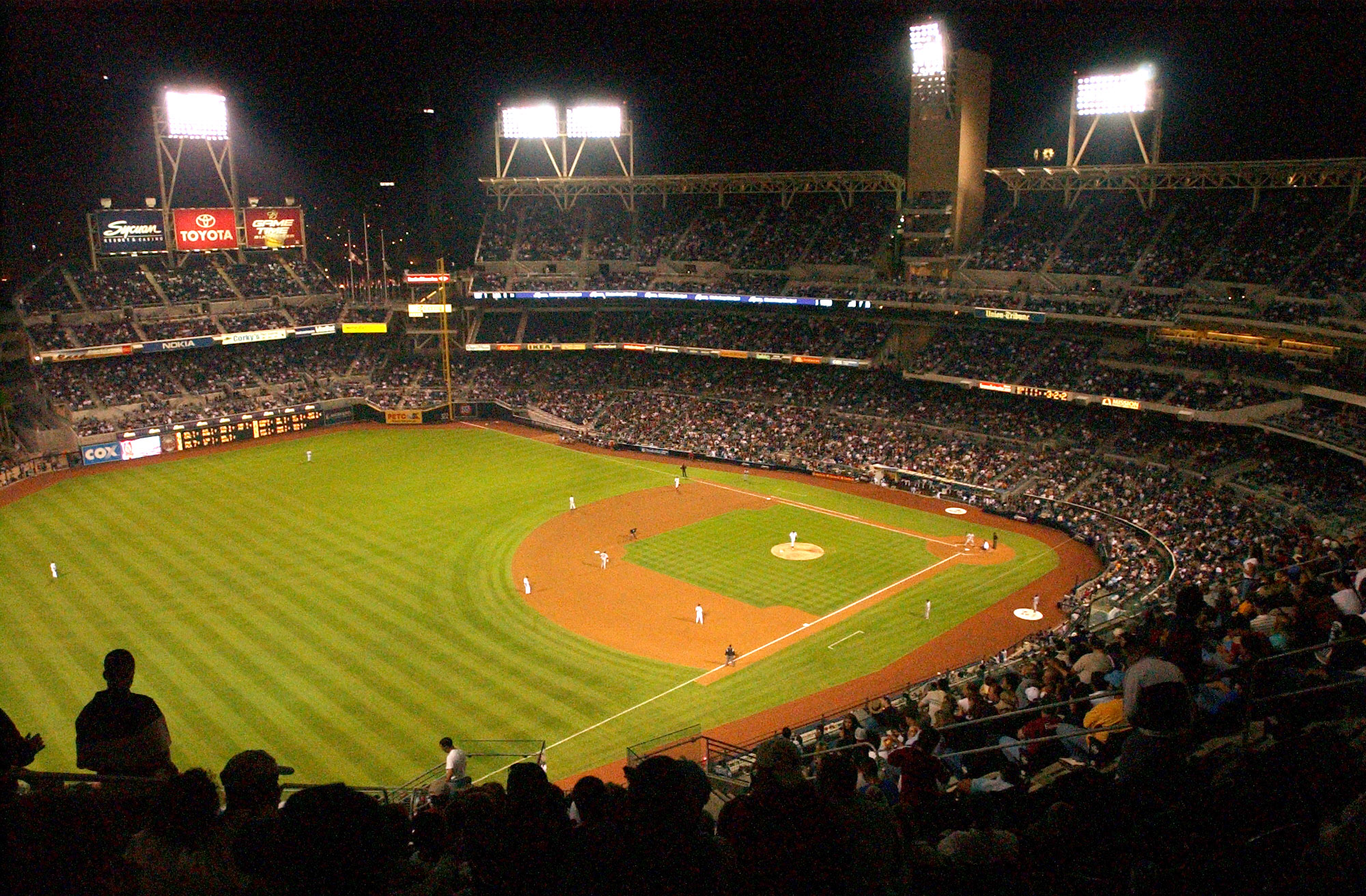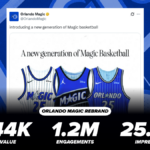
10 May Strike On Social: How The MLB Lockout Affected Offseason Content
With a highly-publicized work stoppage the 2022 MLB offseason was certainly a unique one, but how did social teams adapt to the unexpected challenges that the lockout brought? And did the lockout prove costly to baseball in terms of fan engagement? To answer these questions, we compared social media data from 2022 and 2021 across three different time periods: Offseason, Pitchers and Catchers, and Spring Training.
The dates for each period are as follows:
• 20-21 Offseason (Off): 11/15/20 – 02/16/21
• 21 Pitchers & Catchers (P&C): 02/17/21 – 02/27/21
• 21 Spring Training (ST): 02/28/21 – 03/07/21
• 21-22 Offseason (Off): 12/02/21 – 03/10/22
• 22 Pitchers & Catchers (P&C): 03/11/22 – 03/16/22
• 22 Spring Training (ST): 03/17/22 – 03/24/2
Post Count and Engagement Rate Comparison
Across Twitter, Instagram, and Facebook, post frequency and engagement rate from team-owned accounts gave a sense for how things have changed from 2021 to 2022. The graphs below contrast the 2021-22 lockout to a comparable period from the 2020-21 offseason. Post frequency is measured in posts per day, and engagement rate is measured in engagements divided by impressions.


The most striking difference between the 2021 and 2022 offseason is the drop-off in post frequency due to the lockout. Teams lost nearly 75% of their Twitter content during the lockout, and almost half of their content on Instagram and Facebook. During this time, MLB teams were not allowed to post content featuring current players, so teams had to get more creative. This restriction led to teams posting content focused on retired players, mascots, ticket sales, giveaways, and even other sports.
With the steep decrease in post frequency, engagement rate for Twitter was nearly double what it was during the 2020-21 offseason. However, this was not enough to make up for the lack of content.
Team Socials That Found Success
Taking a closer look at a few teams that were particularly successful on social media during the lockout shows how a social team can adapt when their normal sources for social content are scarce. The Boston Red Sox and Washington Nationals were two teams that were able to achieve a top-15% engagement rate on two different platforms with substantial post frequency. The secret to the Nationals’ and Red Sox’s success stems from their use of fan-favorite retired players—namely Ryan Zimmerman and David Ortiz.
These teams were exceptionally lucky, in that Ryan Zimmerman had recently retired and David Ortiz made the hall of fame during this time. This allowed them to get their fans excited about something when most teams had nothing to cheer about. But how did the teams without these advantages manage during the lockout?
The Astros and the Mets each employed high frequency posting strategies, bucking the trend of a steep decline in total number of posts in the 21-22 offseason. The Astros increased their post frequency on Facebook by 35% from last offseason, while maintaining similar frequency on Twitter and Instagram. Meanwhile, the Mets kept their same post frequency on Facebook and Instagram, while posting more than any other team on Twitter.
Missing these moments. 🎆 pic.twitter.com/jietwdbQ1z
— Houston Astros (@astros) January 21, 2022
Despite their similar strategies, they had vastly different results, with the Astros ranking in the bottom 15% in engagement rate on Twitter and Facebook. The Mets, on the other hand, were able to achieve average engagement rates, even improving their Facebook engagement rate by 0.4%, versus the league average of 0.2%. Ultimately, the difference in engagement rate boils down to the type of content put out.
The Mets frequently asked their fans to engage with their content. Some of their most successful posts were from their ‘Mets Month of Gifts’ promotion, which asked fans to retweet to have a chance to win Mets memorabilia. In addition to these giveaways, the Mets’ often featured former players.
🎟 RT TO WIN 🎟
— New York Mets (@Mets) December 26, 2021
Retweet this for a chance to win four Delta Club tickets to a #Mets home game. #MetsMonthOfGifts pic.twitter.com/CEY0mxH8w2
On the other hand, the Astros’ most successful posts were about their stadium and their manager, Dusty Baker, who won manager of the year in 2021. The Mets and Astros both came into the 2022 season with playoff hopes and similarly sized audiences, so the different content likely explains the discrepancies in engagement rate.
Dusty Baker is the only Black manager in @MLB history to win a pennant in both the American and National Leagues. He’s also the only manager ever to guide 5 different franchises to division titles.#BlackHistoryMonth pic.twitter.com/pHwZifI9r7
— Houston Astros (@astros) February 15, 2022
On the other end of the spectrum, the Rays were one of the teams driving the trend of low post frequency. During the lockout, they posted less than 20% as frequently on Twitter, and less than half as frequently on Instagram and Facebook. Like many teams, they relied heavily on player-centered content in the 2020-21 offseason, mostly featuring fan favorites such as Chris Archer and Charlie Morton.
This strategy worked well for the Rays last offseason, as they ranked in the top 15% for engagement rate on both Instagram and Facebook. However, they saw significant drops in engagement rate on both platforms this offseason, even with fewer posts amplifying the engagement they did get.
Spring Training Leads to Social Rebound
Many commentators speculated on the negative impact the lockout would have on fans, but data suggests the MLB’s social media presence bounced back nicely at the end of the lockout, even stronger than the year before.


Post frequency throughout 2022 Pitchers & Catchers and Spring Training exceeded 2021 levels, and engagement rates were higher across the board as well. Frequency and engagement rate increasing in tandem suggests that the lockout was not as costly as it could have been for the MLB and the lack of content in the offseason might have even made people more excited to engage once MLB was officially back.
While another lockout is unlikely in the near future, studying an instance like this shows how teams can adapt to any curveballs that may disrupt their normal flow of social content.









